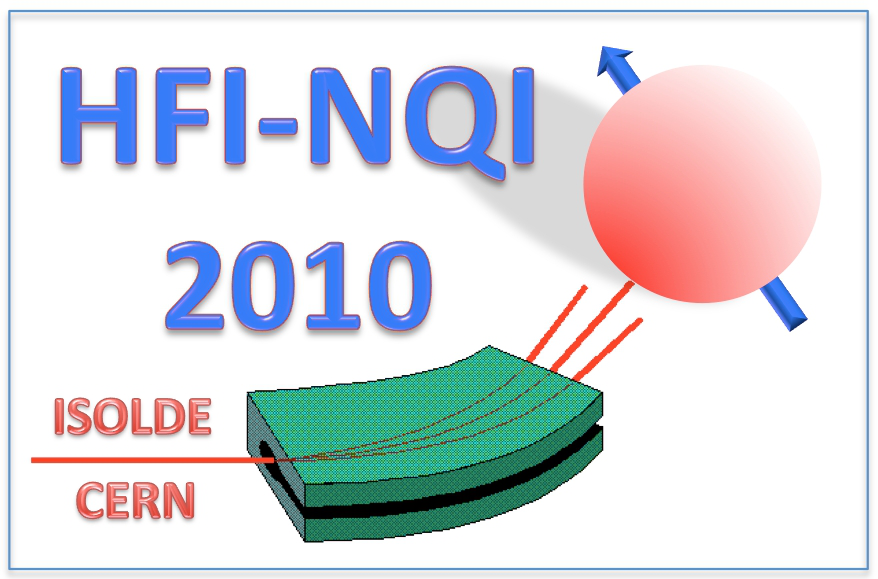Speaker
Description
Summary
A sigma-phase can be produced by a solid-state reaction in some alloy systems in which at least one constituent is a transition element. It has a tetragonal crystallographic structure and its unit cell contains 30 atoms that are distributed over five different crystallographic sites A, B, C, D and E. Because of a high coordination numbers (12-15), the phase belongs to a family of the so-called Frank-Kasper phases. Among over 50 binary alloys in which the sigma-phase was found, only that in the Fe-Cr and Fe-V alloys has well evidenced magnetic properties [1-6]. Despite first magnetic investigations of the sigma-phase were carried out over 40 years ago [2,3], its magnetism, which is usually termed as weak and low temperature, is not well understood, which prompts and justifies further studies. The first successful measurements of a sub-lattice magnetism with 51V zero-field NMR techniques in the sigma-phase Fe100-xVx alloys with x = 34.4, 39.9 and 47.9 are shown in Figure 1.
Fig. 1: 51V NMR spectra recorded at 4.2 K for samples with Fe-contents (1-x) equal to 65.6, 60.1 and 52.1.
Fig. 2 The average frequency of the spectra versus the average magnetic moment per Fe atom, u.
Despite not being magnetic, Vanadium atoms, which were revealed to be present on all crystallographic sites [7], produce magnetic resonance signals due to the transferred magnetic field produced by the neighboring 57Fe atoms. Their magnetic properties are characteristic of a given site, and for a given site they intensely depend on the composition. The strongest magnetism exhibit sites A and the weakest one sites D. The estimated average magnetic moment per V atom decreases from 0.36 μB for x = 34.4 to 0.20 μB for x = 47.9. As displayed in Fig. 2, the magnetism revealed at V atoms is linearly correlated with the magnetic moment of Fe atoms, which implies that the former has been induced by the latter.
References
[1] E. O. Hall and S. H. Algie, Metall. Rev., 11, 61 (1966)
[2] D. A. Read and E. H. Thomas, IEEE Trans. Magn., MAG-2, 415 (1966)
[3] D. A. Read, E. H. Thomas and J. B. Forsythe, J. Phys. Chem. Solids, 29, 1569 (1968)
[4] J. Cieślak, M. Reissner, W. Steiner and S. M. Dubiel, J. Magn. Magn. Mater., 272-276, 534 (2004)
[5] J. Cieślak, M. Reissner, W. Steiner and S. M. Dubiel, Phys. Stat. Sol (a), 205, 1794 (2008)
[6] J. Cieślak, B.F.O. Costa, S.M. Dubiel, M. Reissner and W. Steiner, J. Magn. Magn. Mater., 321, 2160 (2009)
[7] J. Cieślak, M. Reissner, S. M. Dubiel, J. Wernisch and W. Steiner, J. Alloys Comp., 205, 20 (2008)
| Are you a student, a delegate from developing countries or a participant with physical needs and would like to apply for a sponsored accomodation. Please answer with yes or no. | yes |
|---|---|
| Please specify whether you would prefer an oral or poster contribution. | Poster |
